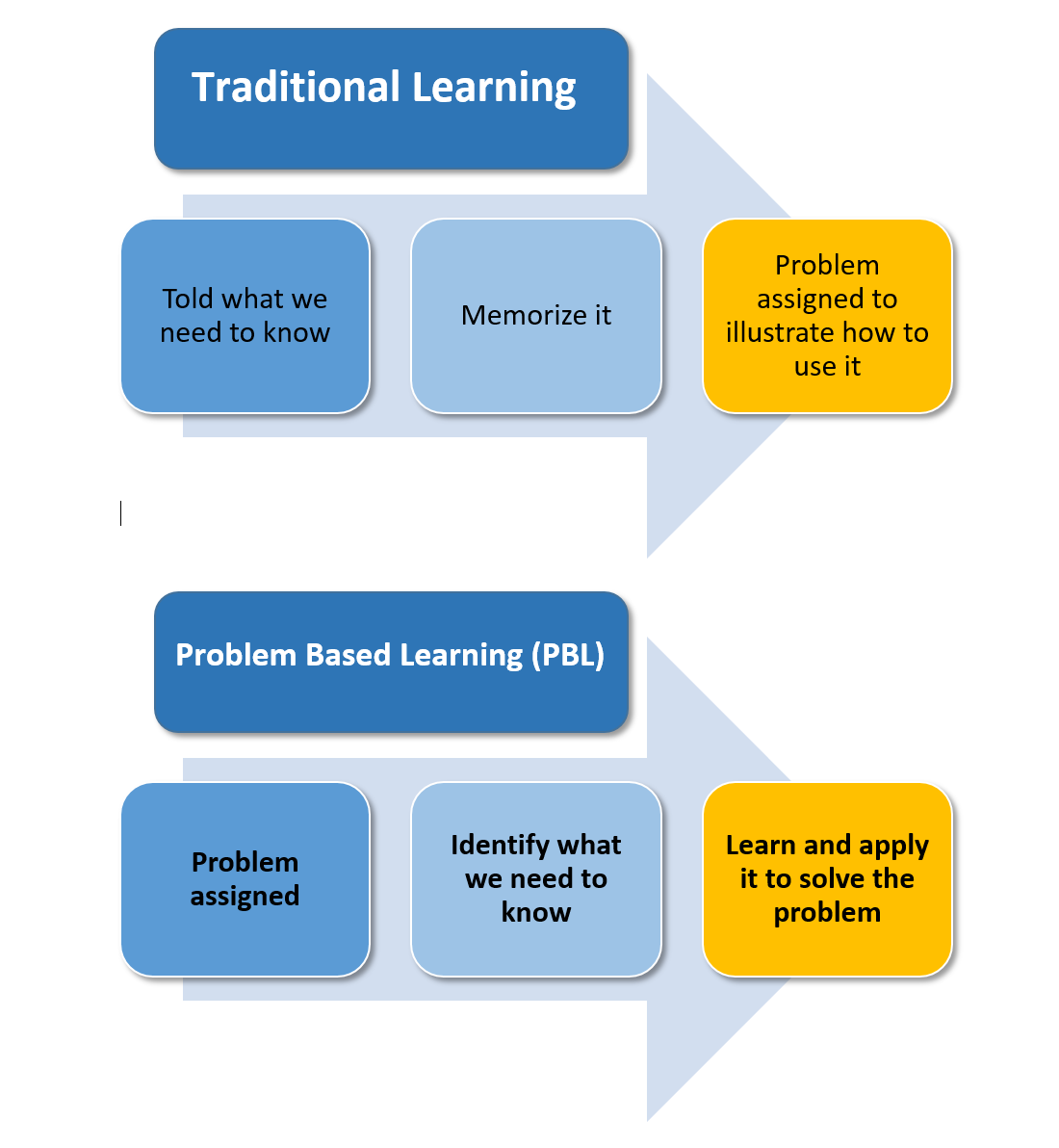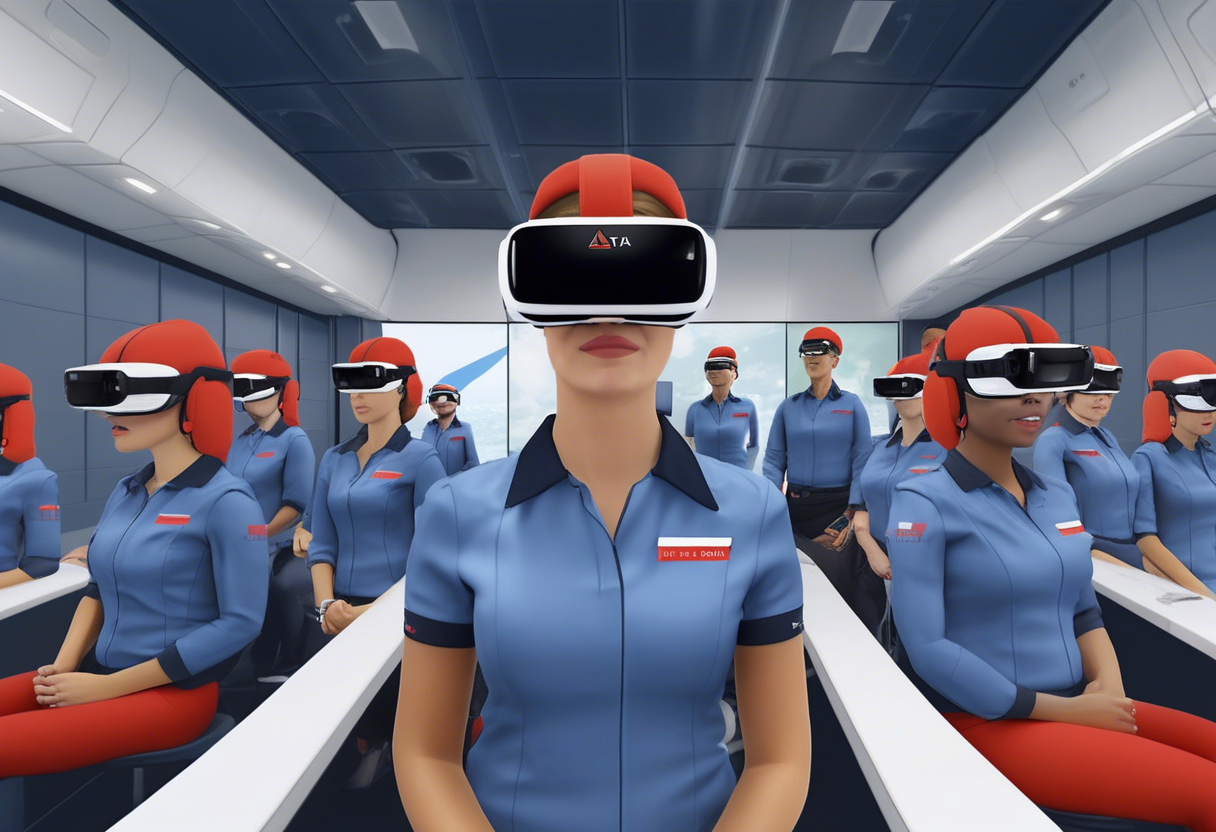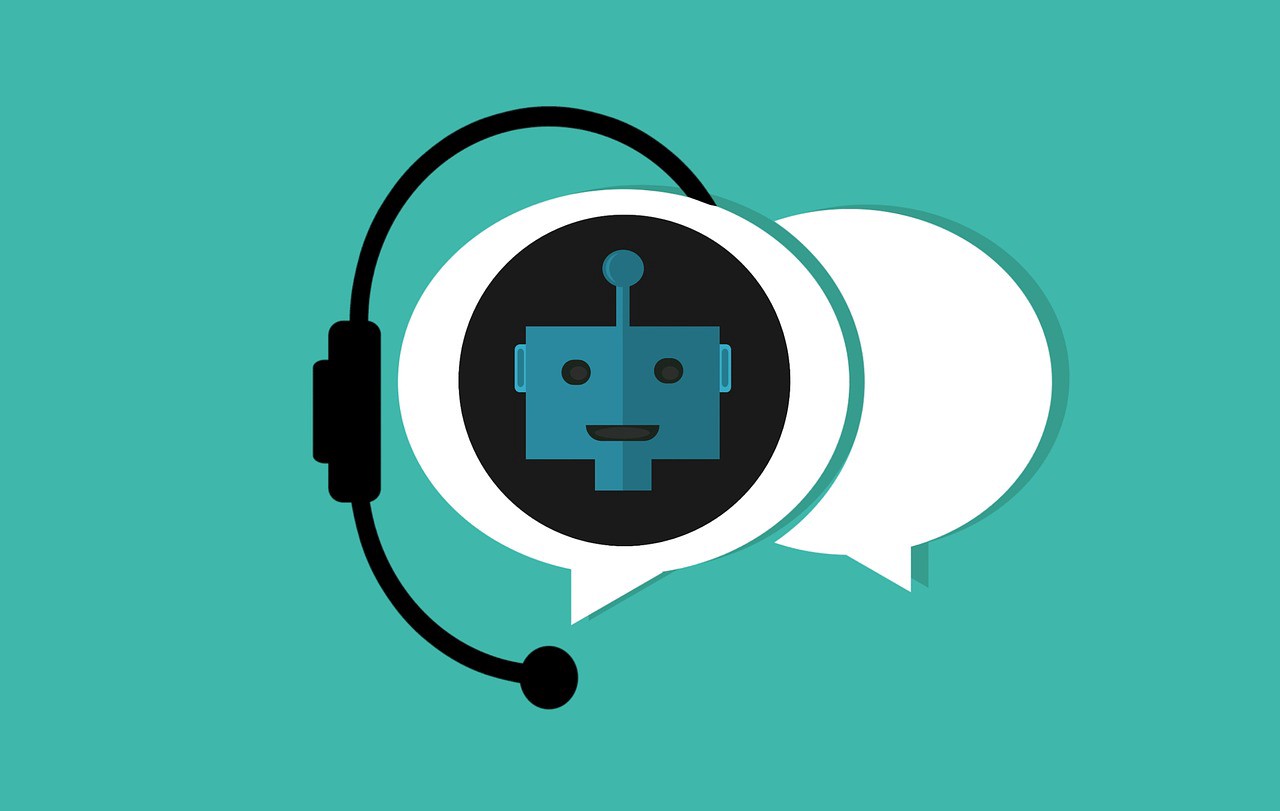
Technology is changing fast, and keeping up with training and development is a must. By 2025, about 85% of jobs will need skills we haven't even thought of yet. That's where new training methods come in. Think about using AI Studios, like those from Deepbrain AI, to change how we learn. Or consider scenario-based learning that helps you apply what you learn in real-life situations. Plus, virtual and augmented reality can create immersive environments, making training both effective and exciting. Let's look into these modern techniques that are reshaping professional development!
Deepbrain AI: Revolutionizing Training and Development with AI Studios
AI-Powered Video Production for Training
Deepbrain AI Studios revolutionizes video production with its advanced AI technology, transforming text into lifelike videos. It features ultra-realistic AI avatars that mimic human behavior, including natural speech, gestures, and expressions, making it ideal for corporate training, tutorials, and marketing.
Key Features:
- Diverse AI Avatars: Access over 150 licensed AI avatars representing various ages, races, and professions to tailor your content to the audience.
- Multilingual Support: Convert text to speech in multiple languages, such as English, Spanish, Chinese, and Korean, making it globally applicable.
- User-Friendly Video Editor: Utilize templates, backgrounds, free music, text animations, and automatic subtitles to streamline video production.
- Automated Content Creation: Generate scripts, images, and videos without needing actors or studios. Customize avatars, sync lips perfectly, and enhance scenes with images or videos.
For instance, a corporate trainer can input a script, select an AI avatar, and produce a multilingual training video with synchronized speech and visuals in just minutes.
User-Friendly AI Video Tools for Training
Deepbrain AI Studios is designed with user-friendliness in mind, ensuring ease of use for everyone, regardless of video editing expertise.
Ease of Use Highlights:
- Intuitive Design: Create videos quickly with drag-and-drop templates, automatic subtitles, and simple customization options.
- Personalization: Customize avatars and video elements like backgrounds and effects to align with your brand or message seamlessly.
- Automation: The platform automates lip-syncing and natural speech, reducing manual adjustments and speeding up production.
For example, an HR manager can draft a script, choose an AI avatar, and effortlessly customize the video with company branding and subtitles, all without prior video editing experience.
Cost-Effective Training Video Production
Deepbrain AI Studios offers a cost-effective solution for video production by eliminating the need for actors, equipment, and studios.
Cost Benefits:
- Reduced Production Costs: Automate content creation and leverage a variety of AI avatars and assets to cut down on sourcing and logistics expenses.
- Budget-Friendly: Compared to traditional methods, it provides a more economical option for producing high-quality training and marketing videos.
A company can produce multiple training videos for different departments and languages without incurring costs for actors or studio rentals, significantly lowering the overall training budget.
Customer Support for Training Solutions
While detailed information on customer support is limited, Deepbrain AI Studios is crafted to minimize user difficulties through its straightforward features.
Support Overview:
- Self-Sufficiency: Users often resolve common issues independently due to the platform's intuitive design.
- Available Support: Assistance is accessible through standard support channels, ensuring users can confidently utilize the platform and focus on their training goals.
For more information, visit Deepbrain AI Studios.
Scenario-Based Learning: Enhancing Practical Application in Training and Development
Scenario-Based Learning Functionality
Scenario-based learning (SBL) is a teaching method that immerses learners in real or imagined situations. This approach requires them to apply their knowledge to solve problems and make decisions, emphasizing critical thinking and practical skill application. SBL replicates real-life challenges, allowing learners to practice decision-making without real-world risks.
Key components of SBL include:
- Realism: Creating believable scenarios.
- Context: Situating learning in relevant environments.
- Interaction: Engaging learners actively.
- Feedback: Providing immediate responses to actions.
- Reflection: Encouraging learners to think about their decisions.

For example, a customer service training module might present a scenario where learners handle a challenging client call, make on-the-spot decisions, receive feedback, and reflect on improvements.
User-Friendly Scenario-Based Learning
Scenario-based learning captivates learners through storytelling and realistic settings, maintaining their interest and engagement. Its interactive nature allows learners to grasp complex ideas by experiencing them directly rather than passively consuming information. The safe environment encourages learners to experiment and learn from mistakes without real-world consequences, reducing anxiety and promoting exploration.
Digital storytelling and multimedia enhance engagement and retention. Consider an online compliance training using scenarios where learners decide how to handle ethical dilemmas, receive instant feedback, and obtain guidance. This approach makes learning intuitive and user-friendly.
Cost-Effective Training Solutions with Scenario-Based Learning
Implementing scenario-based learning in training programs can be cost-effective. It offers a scalable and consistent training experience, reducing the need for in-person sessions or expert trainers. Although creating realistic scenarios and interactive content might incur initial costs, the benefits—such as improved learner retention and skill application—can lead to better performance and fewer errors or retraining needs.

Digital platforms and SBL software reduce costs through:
- Automation: Streamlining processes.
- Remote Access: Enabling learning from anywhere.
- Lower Material Expenses: Reducing physical resources.
Higher engagement and better completion rates enhance return on investment by making training more effective. For instance, a company using scenario-based eLearning for sales can avoid travel and venue expenses of traditional workshops while achieving superior skill transfer, optimizing their training budget.
Comprehensive Customer Support in Scenario-Based Learning
Robust scenario-based learning platforms offer comprehensive support features, including real-time feedback, scenario guidance, and reflective prompts to aid learners in refining their decisions. Some systems also provide analytics and reporting tools for trainers to monitor progress and deliver targeted support.
Customer support for SBL software typically includes:
- Technical Assistance: Ensuring smooth operation.
- Content Customization: Tailoring learning experiences.
- Integration Support: Facilitating seamless implementation.
Leading SBL providers prioritize keeping learners engaged and supported to maximize training success and bolster learner confidence. For example, a corporate training platform might integrate helpdesk and coaching tips within scenarios, allowing learners to seek assistance and trainers to provide personalized feedback as needed.
Scenario-Based Learning Explained
Scenario-Based Learning Benefits
Scenario-Based Learning Systems
Scenario-Based Training Applications
Virtual and Augmented Reality: Immersive Training Environments
Interactive Functionality in Training and Development
AR, VR, and XR are revolutionizing learning and training by providing interactive, real-world-like simulations. These technologies help bridge the gap between theoretical knowledge and practical application. By engaging multiple senses, they allow for repeated practice, honing skills without the typical real-world risks.
For example, Boeing utilized VR for training aircraft technicians, reducing training time by 40% and increasing information retention by 70%. These tools simplify complex topics, enabling consistent global training. Immersive training enhances employee performance, reduces training time, and improves retention through realistic simulations.
User-Friendly Training Platforms
These learning platforms are designed to be flexible and user-friendly, compatible with print, online, and AR/VR headsets. This accessibility benefits large or distributed teams. AR is particularly useful for remote assistance, offering real-time digital instructions and support regardless of location.
Training programs using AR and VR can be tailored to individual learning speeds and skills, providing feedback and diverse scenarios to maintain engagement. As AR and VR equipment becomes more affordable, more businesses can integrate these tools into existing training frameworks. In healthcare, doctors use AR glasses for guided procedures, enhancing training accessibility and reducing errors.
Cost-Effective Training Solutions
Immersive learning technologies offer cost savings by reducing training time, accelerating employee proficiency, and minimizing downtime. Remote training eliminates the need for physical materials, travel, and on-site supervision, significantly lowering overall expenses.
Additionally, data from these platforms helps identify skill gaps and refine training, enhancing ROI through targeted learning. Beyond cost reduction, these programs improve behavior, engagement, and speed up competency. Delta Airlines, for example, uses VR to train crews for challenging weather conditions, lowering risks and costs compared to traditional methods.

Enhanced Customer Support in Training
Providers of immersive technology often offer performance tracking and real-time analytics to personalize learning paths and enhance outcomes. AR provides real-time assistance and coaching, reducing downtime and boosting confidence. Support services facilitate the seamless integration of AR and VR into existing systems.
Customer support emphasizes continuous learning with instant feedback, aiding skill development and retention over time. Engineers, for instance, receive remote AR coaching with digital overlays, providing expert guidance without travel disruptions. This support ensures organizations maximize the benefits of these technologies for their training needs.
Explore more about immersive learning technologies through these resources:
- Learn more about immersive learning technologies.
- Discover the impact of virtual and augmented reality in training and development.
- Understand how Boeing uses VR simulations for effective training.
- Learn about the role of AR and VR in modern training programs.
FAQ
Integrating Adaptive Learning Technology into Training Programs
Integrating adaptive learning technology into current training setups requires strategic planning. Begin by identifying the specific training needs. Consider employee backgrounds, cultures, and perspectives to create learning experiences that align with both company goals and employees' career aspirations.
By crafting personalized plans, employees receive guidance that targets their skill gaps while leveraging the team's strengths. This approach is often supported by coaching and mentoring to maintain continuous support. A proven method for this is the ADDIE model (Analysis, Design, Development, Implementation, Evaluation), which ensures the training remains flexible and aligned with the needs of both learners and the organization.

For instance, an adaptive learning platform can assess each employee's skills and learning style, offering modules that evolve as they progress, all with the assistance of mentors and coaches.
Benefits of AI-Powered Chatbots in Employee Training and Development
AI chatbots are revolutionizing employee training by providing quick, personalized responses to questions, thereby enhancing engagement and learning. They are available 24/7, allowing employees to learn at their convenience, not just during scheduled training sessions. This flexibility maintains high motivation levels and enables trainers to focus on more complex coaching tasks.
By automating routine inquiries and delivering bite-sized learning, chatbots free up trainers to delve into more intricate topics. Additionally, they track learning data, offering insights into training effectiveness and areas needing improvement. This ensures that training aligns with business objectives and supports employee development, making the entire process more efficient.

Using VR and AR to Simulate Real-World Scenarios in Training and Development
Virtual reality (VR) and augmented reality (AR) are excellent tools for simulating real-world scenarios in training. They provide immersive experiences that enhance learning and retention. VR allows employees to practice job skills, such as operating machinery or interacting with customers, in a safe and realistic environment. This hands-on approach develops both technical and soft skills, preparing workers for real-life situations.
AR, on the other hand, overlays digital information onto the real world, offering real-time assistance during training. Incorporating VR and AR into training provides practical experiences that complement traditional methods like workshops and mentorship.
For example, industries such as healthcare, manufacturing, and customer service use VR to simulate surgeries, machine operations, and client interactions, enabling employees to learn by doing without any risk. To maximize the benefits of VR/AR, set clear objectives, create engaging scenarios, and integrate these technologies with traditional learning approaches for a comprehensive experience.
| Feature/Aspect | Description |
|---|---|
| AI Avatars | Over 150 licensed avatars representing diverse demographics for tailored content creation. |
| Multilingual Support | Text-to-speech in multiple languages including English, Spanish, Chinese, and Korean. |
| Video Editor | Templates, backgrounds, music, text animations, and automatic subtitles for streamlined video production. |
| Automated Content Creation | Script, image, and video generation without actors or studios, with customizable avatars and lip-syncing. |
| Ease of Use | Intuitive design with drag-and-drop templates and simple customization for quick video creation. |
| Cost Reduction | Eliminates need for actors, equipment, and studios, reducing production costs significantly. |
| Scenario-Based Learning | Realistic scenarios for practical application, with interaction and feedback to enhance learning. |
| Immersive Technologies | AR, VR, and XR for interactive simulations, reducing training time and increasing retention. |
| Adaptive Learning | Personalized learning paths using the ADDIE model, targeting skill gaps and leveraging team strengths. |
| AI-Powered Chatbots | 24/7 personalized responses, automating routine inquiries and enhancing training efficiency. |
| VR and AR Simulations | Safe, realistic environments for skill practice, enhancing both technical and soft skills. |